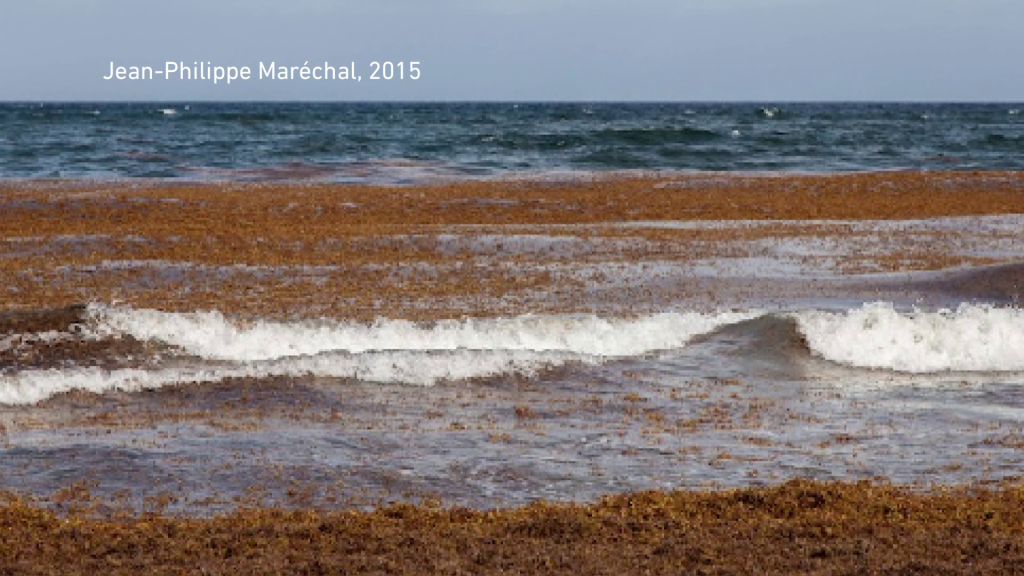
Speeding crackdown in Cape Coral school zones starts Monday
Cape Coral is taking action to address the issue of speeding in school zones. The city implemented speed cameras in 17 different school zones

A large seaweed blob known as “sargassum” is floating toward Florida. Southwest Florida has seen it happen nearly every year for the past decade, but this year it’s enormous.
Scientists said the blob seen from satellite images is enough to fill 3,000 Olympic-sized pools.
As of Monday evening, the sargassum is in the Caribbean Sea and moving West, raising concerns for the Southwest Florida coast.

Southwest Florida has been pummelled with Red Tide lately and blue-green algae is an unfortunate occasional occurrence too. But people in Southwest Florida may become familiar once again with the brown-looking algae known as sargassum, which can grow into a carpet over the water.
“Sargassum is very, very abundant right now. In the Caribbean, there’s a Sargasso Sea. And we think it started from there and has come into the Caribbean. And there’s a natural population also in the Gulf of Mexico,” Barry Rosen, a professor in The Water School at FGCU, said.
While it is a natural phenomenon, Rosen also says that human-contributed nutrients allow it to grow. The sargassum blob is about 5,000 miles wide, roughly the distance from The United States to the Vatican, and is drifting between the Atlantic coast of Africa and the Gulf of Mexico.
The size of this sargassum would make it one of the largest on record. Even though that sounds intimidating, in open waters, sargassums are mostly harmless and even come with benefits.
“Animals would feed on it. There’s a whole host of fish and etc, that live in the Sargasso Sea,” Rosen said.
And these blobs are known to produce oxygen, which can have consequences when it nears the shore.
“It can pile up on a beach and be pretty massive. And that happens on our east coast a lot over Miami Dade all the way North. On our coast, it doesn’t happen too often,” Rosen said.
2019 was a particularly bad year for sargassum on the East coast of Florida. It was stifling some of the tourism and racking up clean-up costs.
Satellite imagery from the University of South Florida shows the sargassum quantity decreased from January to February. Even so, maps predict it could grow. Rosen said it could, but won’t necessarily come toward Southwest Florida.
“Are we going to see a massive amount on our beaches? I don’t know. And would this compete with a red tide organism? It might pull out the nutrients, it might produce chemicals that are not compatible with red tide,” Rosen said.
Meaning it might not be so bad. An added bonus is that the sargassum isn’t toxic. But, when the seaweed decomposes, it releases hydrogen sulfide, a smelly rotten egg-like odor into the air.